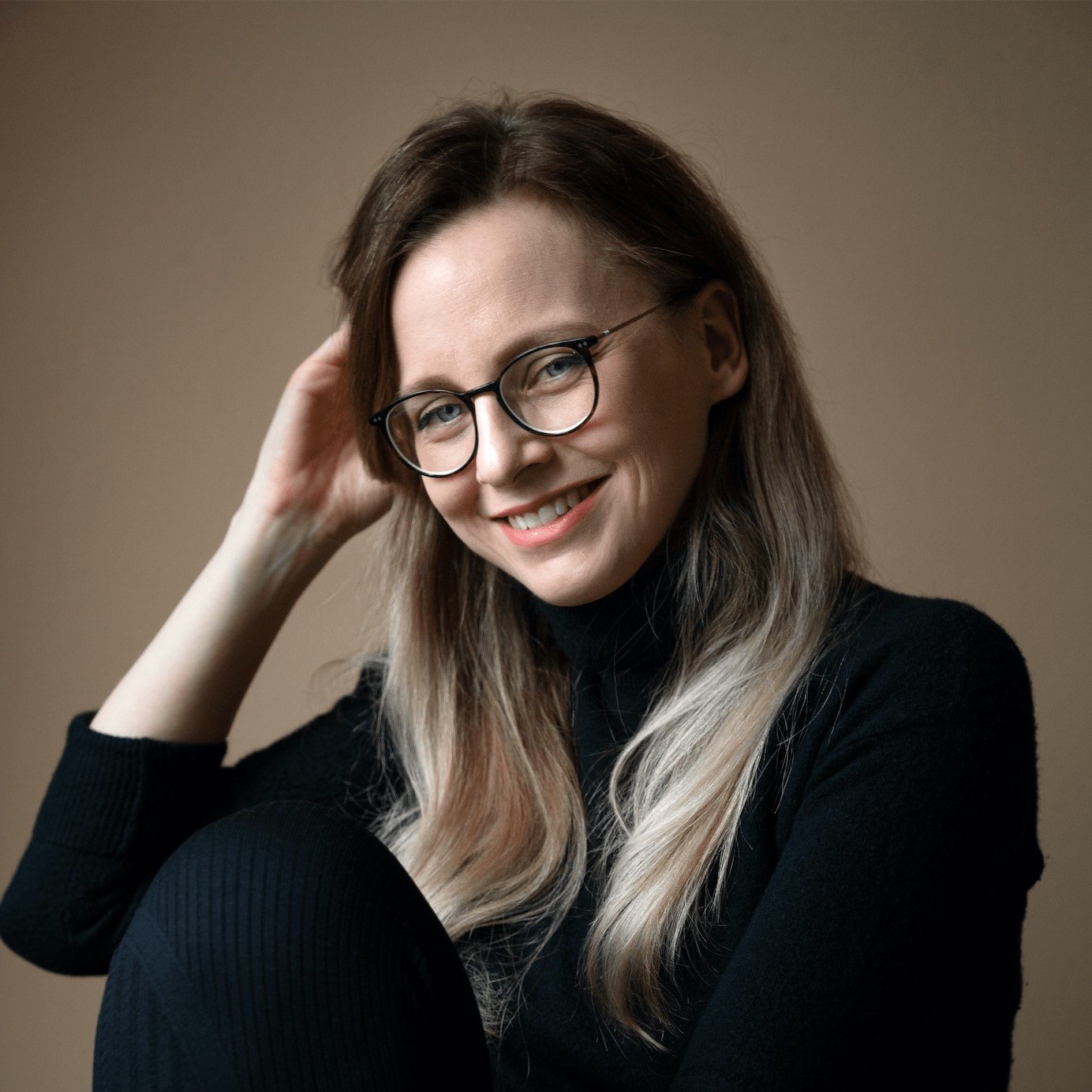Description
“Sign up” or “Oops, page not found!” – tiny words that mark an error message, a button label, or the placeholder text in an input field. Despite their small size, these text elements make up a crucial part of the user experience in digital products. And: While great UX writing can put a smile on the user’s face, bad UX writing can be confusing, annoying, and even insulting.
But how can we make sure that our UX Writing is actually good?
If this question is one that pops up in your head from time to time, look no further – this course has your back.
Who should join
This course is the perfect match for UX designers, UI designers, developers, product managers, and all other kinds of professionals working in the field of digital product development, as well as for all writers who would like to dip a toe in UX writing. It is also the right choice for managers who plan to hire UX writers as well as for everybody who simply wants to involve UX writing in their project as well as for everybody who would like to understand the very basics of UX writing.
What you will learn
In this course, you will learn
- what UX writing is
- what the difference between UX writing and other forms of writing is
- how to tell UX writing from copywriting
- what good UX writing is and what bad UX writing is
- how good UX writing can be ensured
- how to write several different typical UX writing text elements
But we'll not stop at theory. The second part is all about practice, practice, practice! Here you'll learn
- how to ensure the UX writing quality criteria in practice
- how to write typical UX writing text elements such as error messages, success messages, and CTAs
- how to work on real-life UX writing tasks
- how to reflect about your UX writing learning experience
Sounds good? Then join this class and leave it with some real UX writing work samples!
What Will You Learn?
- Understand what UX writing is – and what it's not
- Know the difference between UX writing and other forms of writing
- Know how to ensure high-quality UX writing in theory and practice
- Practice how to write CTAs, Error Messages, Placeholders, and more
- Tackle real-life UX writing tasks with ease
Requirements
- No previous writing skills needed
- No previous UX skills or knowledge needed
- All you need is a little curiosity about writing and UX
Curriculum
Course consist of total 1h 22min of content, in total.
Section 1: Welcome!
Section 2: Course I: The Theory Of UX Writing
Section 3: Course II: The Practice Of UX Writing
Section 4: Final Thoughts
About the Instructor
I'm passionate about all things writing, language and communication. As an anthropologist, I specialized in the field of effective communication and how we, as humans, can build trust through communication.
What I do:
I've worked as a communication strategist for several years before becoming a full-time writer. Today, I work with digital product teams for several clients, creating and editing all kinds of writing – from tiny microcopy in coffee machine interfaces to essays and blog articles.
What I teach:
My areas of expertise include
- UX Writing
- Copywriting
- Content Writing
- Technical Writing
- Personal Writing such as Journaling.
How I teach:
I love making sense of all these forms of writing, discovering their similarities and their differences, their logic and their structure. In my courses, I always try to draw the bigger picture while keeping things practical and providing hands-on advice. You wanna know what that looks like?
No problem, hop on and share a class with me!


